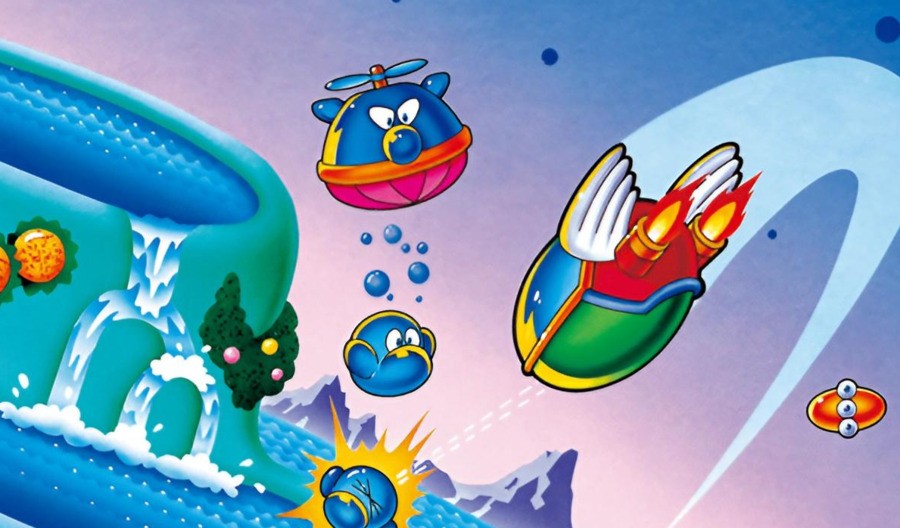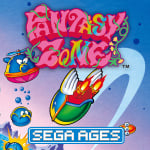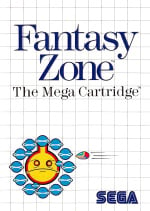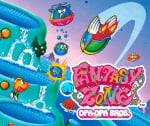
Towards the end of last year, Sega announced that it would be delving into its enviable archives to revive some of its older arcade,16 and 32-bit titles. Fans could scarcely believe it; Shinobi, Streets of Rage, Golden Axe, Crazy Taxi and Jet Set Radio will all see new releases over the next few years or so.
During the rather short montage, a brief glimpse of each game was shown, with some of the titles looking familiar in appearance to previous entries (Crazy Taxi), while others looked to be embarking on a complete departure from what fans are used to stylistically, with Streets of Rage and Golden Axe seemingly going the 3D route.
While there are more questions than answers at this early stage, it was still refreshing to see the genuine excitement and intrigue from Sega fans who, in recent years, have largely been fed scraps when it comes to new iterations of their favourite legacy IPs.
As a childhood Sega fan myself, and while I did find the reveals pleasing, after the initial teaser that dropped earlier that week, I was hoping for some news on two of Sega's older and much-loved classics from the mid-'80s - Out Run and the main subject of this piece, Fantasy Zone.
So, what exactly is the situation with Sega's unique and somewhat niche shmup? Well, after a lengthy hiatus, Opa-Opa's last mainline outing was in what is regarded by fans as the series' best title, Fantasy Zone II DX (also known as Fantasy Zone II: The Tears of Opa-Opa), which was included in the Sega Ages 2500 Series Vol. 33: Fantasy Zone Complete Collection.
The game's storied development process has been well documented. The original Fantasy Zone II never came to arcades, but was instead exclusive to the Master System home console – and was, therefore, something of a step backwards in purely technical terms (it also made it to arcades, but running on Sega's System E board, which is based on the Master System).
In 2008, Sega worked with M2 to remaster the game, creating an updated version for the System 16 arcade standard, which the original Fantasy Zone ran on. M2's founder and CEO, Naoki Horii, helped fund the project from his own personal budget, claiming that the money he invested was "about the cost of a new car".
Boosted by a RAM upgrade, the System 16B board was given extra horsepower that allowed the development team to introduce complex backdrops, more frames of animation for the game's protagonist and a variety of bosses, each ever so creatively designed, with multiple independent moving parts. M2 dubbed the new board System 16C, due to the aforementioned memory increase to 256 KB. Sega even produced working arcade boards in limited numbers.
In 2014, the game was ported to the 3DS as part of Sega's 3D Classics series under the title 3D Fantasy Zone II W, where it was refined further, offering a 16:9 screen, autostereoscopic 3D, customisable gameplay tweaks to make the game more accessible, unlockable features and the wonderfully addictive score chaser mode, Link Loop Land. The first Fantasy Zone would get the 3D treatment in 2015.
In 2020, the 1987 original was ported to the Switch as part of M2's Sega Ages range, along with a 'Upa-Upa Mode' which removes the game's weapons and upgrade shop. In 2022, M2 was at it again, creating a Sega Mega Drive / Genesis port of the original game for the Sega Mega Drive Mini 2, which includes a Super Easy mode.

So, what can fans hope for in the future? Well, as you've perhaps gleaned from the above history lesson, it seems that our faith lies with our supremely talented friends over at M2. Not only is the team clearly a big supporter of the series, it has, during the past few years, overseen arcade-perfect home ports of shmup classics such as Battle Garegga, Fire Shark, Ketsui and the recently released Dodonpachi Dai-Oou-Jou.
As well as porting duties, the team have also been working on new games in the Aleste series, which began with the sublime GG Aleste 3 release, the arcade-only (so far) SenXin Aleste and the in-progress, but much anticipated Aleste Branch. M2 certainly has a penchant for reviving forgotten shmup franchises.
Having Fantasy Zone super player Kazuki Kubota as part of the M2 staff is another positive sign; "K-two" was involved with the Fantasy Zone II remake and also co-directed the aforementioned Mega Drive Mini port of the original Fantasy Zone.
Although these are all indications that something Fantasy Zone-related might be in M2's collective subconscious, we do need to keep in mind that the team is relatively small, and there are other 'in flight' projects; as mentioned earlier, Aleste Branch is still in development, and there are plans to port SenXin Aleste to home consoles, too.
While I'm very excited about both of the Aleste titles and pretty much anything the studio does, there is a selfish part of me that secretly hopes for a file on M2's OneDrive titled "Fantasy Zone III" full of ideas and plans for the next game in one of my favourite video game franchises.









